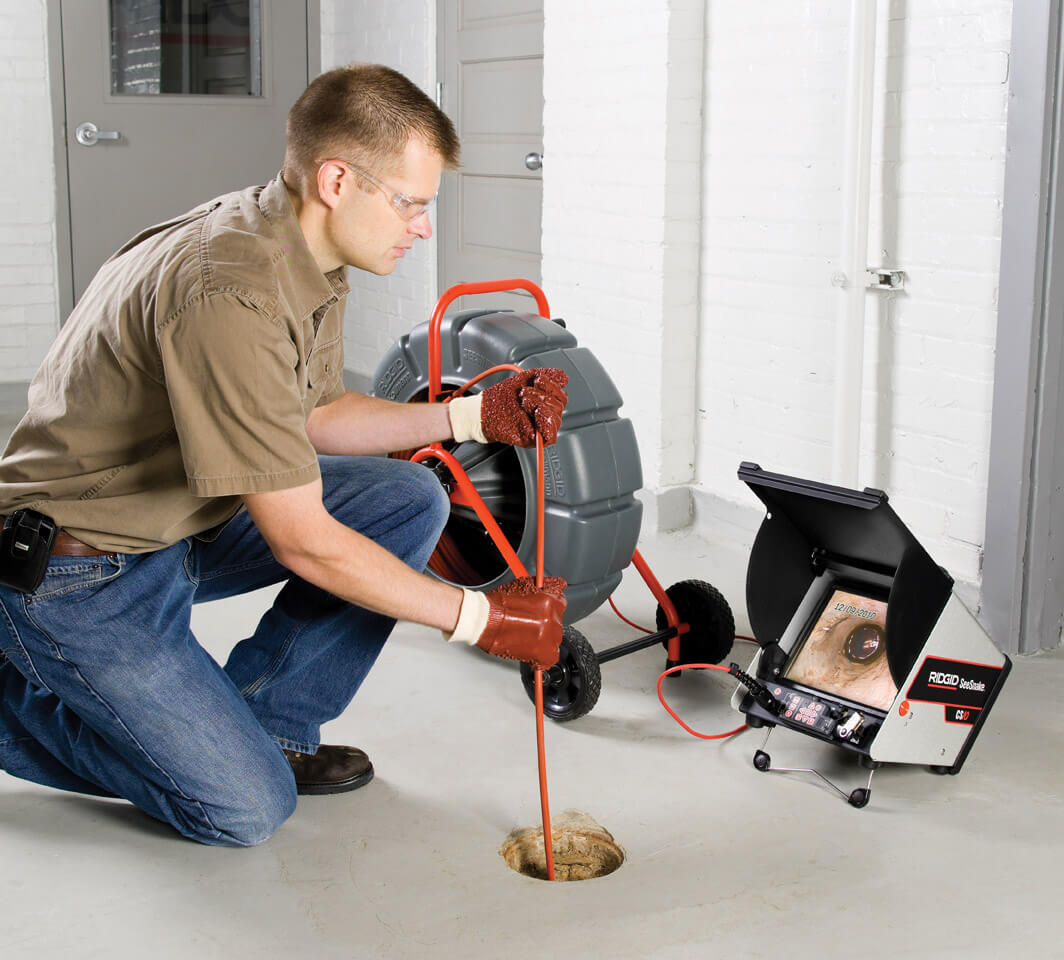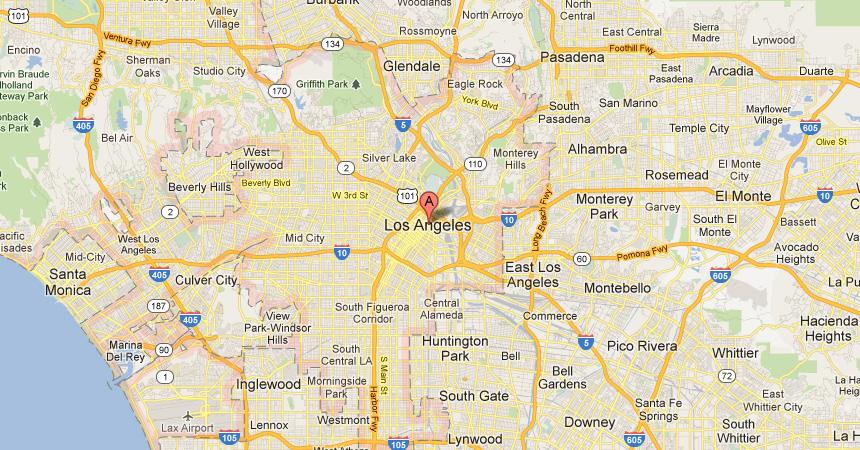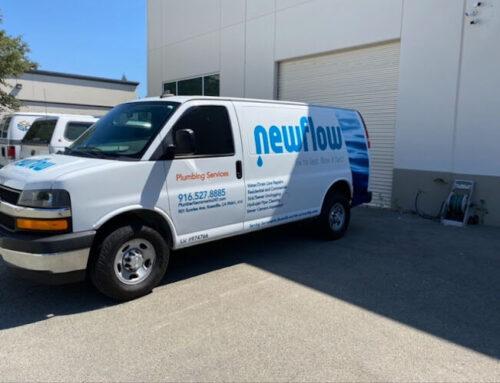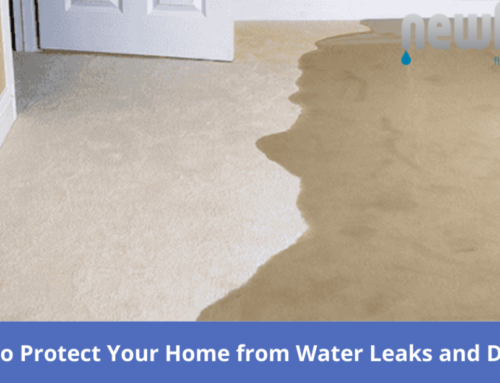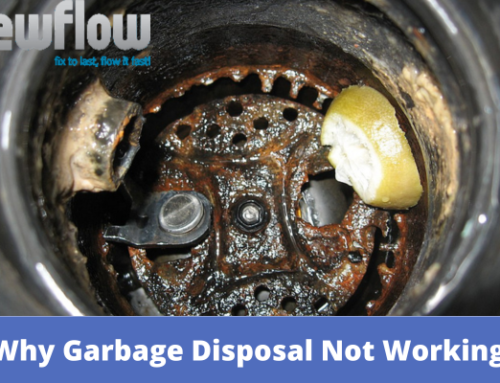Is a Sewer Camera Inspection Worth It? Yes, a sewer camera inspection is absolutely worth the investment, particularly as a preventative measure or when dealing with recurring plumbing issues, because it provides a fast, non-invasive, and definitive diagnosis of hidden sewer line problems.
Sewer problems often start quietly with a slow drain or foul smell but can quickly escalate into a massive backup or flood. The most reliable tool today to diagnose these hidden issues without tearing up your yard is the sewer camera inspection. This modern method gives a detailed, inside view of your pipe, showing exactly what is wrong, such as tree root invasion, cracks, or clogs. It is fast, non-invasive, and provides clarity, allowing you to invest smartly in targeted repairs instead of relying on expensive guesswork.
What Is a Sewer Camera Inspection?
A sewer camera inspection is a modern plumbing service that allows professionals to see inside your sewer pipes without digging or guessing. It uses a small waterproof camera attached to a long, flexible cable. This camera is inserted into your sewer system through a cleanout or access point and pushed through the pipes. As it moves, it sends real-time video to a screen above ground.
What makes this so valuable is that it provides a direct visual of any problems inside the pipe. That includes things like clogs, tree root invasions, cracks, corrosion, or even lost items. It’s the difference between guessing where a problem is and knowing exactly what you’re dealing with.
How Sewer Cameras Work
The camera is typically mounted at the tip of a cable that can go deep into your underground sewer line. A high-intensity light illuminates the pipe’s interior while the live video feed helps the plumber steer the camera and identify any issues as they appear. Some advanced cameras even have sonar or location-tracking tools, making it easier to mark exactly where a repair is needed.
It’s a fast and highly effective way to gather all the facts before starting any kind of sewer repair or replacement.
What Problems Can a Sewer Camera Find?
Sewer lines can experience all kinds of issues, many of which go undetected for years. A camera inspection can help reveal:
- Tree root invasion
Roots grow into the smallest cracks and can block or damage pipes over time. - Pipe blockages
From grease buildup to unflushable objects like wipes or toys, clogs often hide deep in the system. - Cracks and breaks
Over time, soil shifts, and pipes made of older materials like clay or cast iron can crack or collapse. - Corrosion or decay
Aging pipes may corrode from the inside, especially in older homes. - Bellied pipes
A section of pipe that has sunk due to soil conditions, causing pooling and backup. - Improper connections or DIY errors
Previous repairs or installations may not meet today’s standards. - Lost items
Occasionally, valuables like jewelry or even phones end up in the plumbing. A camera helps locate them quickly.
Most Common Reasons People Schedule an Inspection
People usually request sewer camera inspections for one of three reasons:
- Ongoing issues – Like frequent clogs, slow drains, or bad smells that haven’t been solved with regular plumbing.
- Before buying a home, avoid buying a house with a hidden sewer disaster.
- Routine maintenance – To check the condition of older pipes or see if small issues are forming.
In all these cases, catching a problem early saves money, time, and stress.
Top Benefits of Sewer Camera Inspections
Here’s why more homeowners and property managers are choosing sewer camera inspections over traditional guesswork:
1. No Guesswork, Just Clarity
Instead of digging or snaking blindly, the camera shows exactly what’s wrong and where. This takes the guesswork out of plumbing.
2. Prevents Unnecessary Repairs
You don’t need to replace the whole pipe if the issue is small or located in just one area. The camera shows only what needs fixing.
3. Saves Time
Quick diagnosis means the repair process can begin sooner, with fewer delays.
4. Saves Money
Less labor, fewer mistakes, and avoiding unnecessary digging all result in lower bills.
5. Keeps Your Property Intact
Since there’s no need to dig up the yard unless necessary, your landscaping, driveway, and floors remain untouched.
6. Confirms the Problem Is Fixed
After a repair or cleaning, the camera can be used again to ensure the issue was properly resolved.
When a Sewer Camera Inspection Is Absolutely Worth It
Here are situations where a sewer camera inspection provides clear value:
- You have frequent drain backups with no obvious cause.
- You’re planning to renovate or add plumbing fixtures.
- You’re buying an older home with original pipes.
- You suspect tree root problems due to large trees near your sewer line.
- You had sewer line work done before and want to confirm its condition.
When It Might Not Be Necessary
While helpful, sewer camera inspections aren’t needed in every situation. You might not need one if:
- Your clog is minor and limited to one drain (like a hair clog in a bathtub).
- The problem clearly resolves with a simple snake or plunger.
- Your plumbing system is new and hasn’t had any trouble.
Still, for peace of mind, even new homeowners benefit from knowing the state of their lines before problems appear.
How Sewer Inspections Prevent Expensive Surprises
Sewer problems rarely get better with time, they only get worse. A camera inspection gives you a clear warning before serious damage occurs, which can:
- Stop a minor clog from turning into a complete backup.
- Detects pipe corrosion before it leads to a break.
- Find hidden leaks that could erode soil or damage your foundation.
- Help avoid emergency repair costs later.
Think of it like an annual checkup – small costs today to avoid big problems tomorrow.
Sewer Camera vs. Traditional Plumbing Diagnosis
Before sewer cameras were widely used, plumbers had to rely on symptoms and guesses. That often meant:
- Digging multiple holes to find the problem.
- Spending hours snaking a line with no success.
- Recommending full replacement just to be safe.
Sewer cameras have changed all that. Now plumbers can:
- Pinpoint the exact location of a clog or crack.
- Determine the best method of repair.
- Show the homeowner visual proof of the issue.
What to Expect During the Inspection Process
The process usually takes less than an hour, depending on the pipe’s length and condition.
Step-by-step breakdown:
- A technician locates your sewer cleanout or installs a temporary access point.
- The camera is inserted into the sewer line.
- Live footage is displayed on a screen, showing everything from blockages to damaged pipe walls.
- The plumber explains what they’re seeing and what (if anything) needs to be done next.
- In some cases, a recording or snapshot is saved for your records.
Costs: Is It Expensive and What Are You Really Paying For?
Prices for sewer camera inspections can vary based on:
- Pipe length and accessibility
- Location and region
- Whether it’s bundled with other services
On average, the cost falls between $200 to $500. It might seem like a lot upfront, but consider this:
- It’s much cheaper than emergency sewer replacement.
- It gives you peace of mind and proof.
- It can help avoid thousands in future repairs.
You’re paying for information – accurate, clear, and fast. And that’s something worth investing in.
How Often Should You Schedule Sewer Camera Inspections?
Here are some general guidelines:
- Every 2-3 years for older homes
- Before buying a property
- After major plumbing issues (like backups or flood damage)
- If your home has large trees near sewer lines
If your home is newer and trouble-free, every 5 years may be enough.
Signs You Might Need One Soon
Watch for these signs that your sewer line might need a closer look:
- Frequent clogs or gurgling sounds in drains
- Bad odors coming from drains or the yard
- Wet spots or soft patches in your yard
- Sewage backup in toilets or tubs
- Unexplained spike in water bills
Even one of these issues could justify getting a sewer camera inspection soon.
Final Thoughts: Is It Worth It for You?
In most cases, yes, absolutely. A sewer camera inspection is a smart, cost-effective way to find and fix problems before they become plumbing disasters. It gives you real answers, helps avoid guesswork, and can even confirm that a repair worked.
If you’ve been struggling with plumbing issues that don’t seem to go away or you’re buying a home and want peace of mind, this service is well worth the investment. Choosing a professional like New Flow Plumbing ensures you receive more than just a video; you get a complete, expert assessment. Our technicians provide precise location mapping to avoid unnecessary digging and deliver a detailed plan for the most durable, cost-effective repair, giving you full confidence in the health of your sewer line.
FAQs

